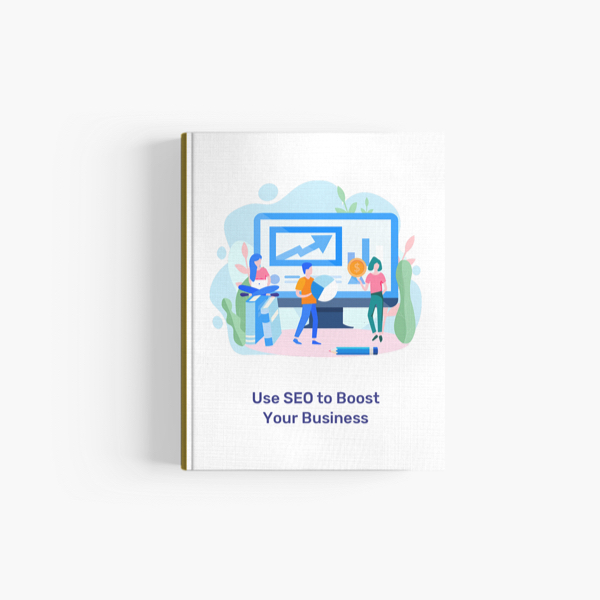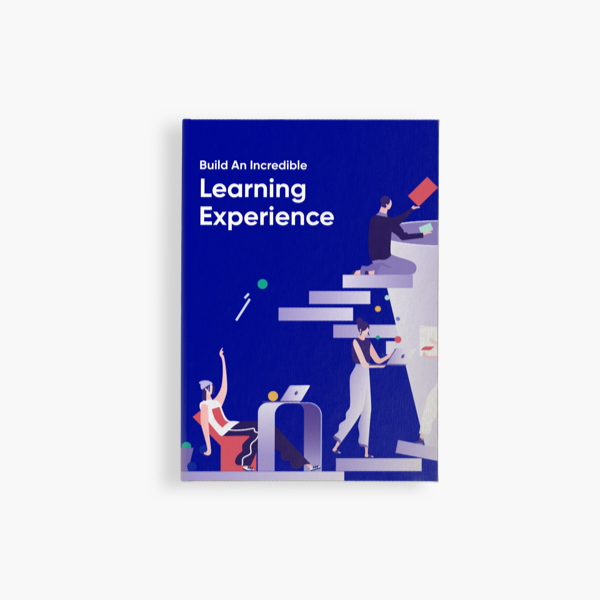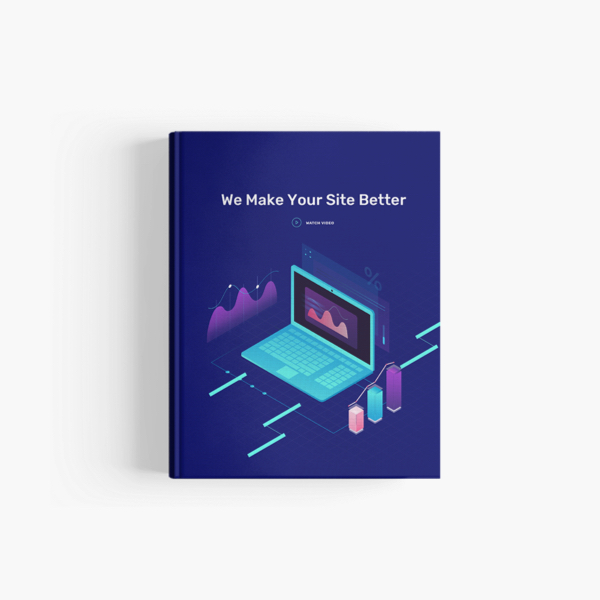Alpha man by Maxcoach
$29.00
What do flashlights, the British invasion, black cats, and seesaws have to do with computers? In CODE, they show us the ingenious ways we manipulate language and invent new means of communicating with each other. And through CODE, we see how this ingenuity and our very human compulsion to communicate have driven the technological innovations of the past two centuries.
What do flashlights, the British invasion, black cats, and seesaws have to do with computers? In CODE, they show us the ingenious ways we manipulate language and invent new means of communicating with each other. And through CODE, we see how this ingenuity and our very human compulsion to communicate have driven the technological innovations of the past two centuries.
Using everyday objects and familiar language systems such as Braille and Morse code, author Charles Petzold weaves an illuminating narrative for anyone who’s ever wondered about the secret inner life of computers and other smart machines.
Quick Comparison
| Settings | Alpha man by Maxcoach remove | Principles of Business Administration remove | Use SEO to Boost Your Business remove | Early Field Experience: Teach Well remove | Online Student: Strategies for Effective Learning remove | The Evolution of the Digital World remove |
|---|---|---|---|---|---|---|
| Image |  |  |  |  |  |  |
| SKU | MCB-010 | MCB-006 | MCB-001 | MCB-004 | MCB-008 | MCB-002 |
| Rating | ||||||
| Price | $29.00 | $52.00 | $49.00 | $59.00 | $67.00 | $69.00 |
| Stock | 84 in stock | |||||
| Availability | 84 in stock | |||||
| Add to cart | ||||||
| Description | What do flashlights, the British invasion, black cats, and seesaws have to do with computers? In CODE, they show us the ingenious ways we manipulate language and invent new means of communicating with each other. And through CODE, we see how this ingenuity and our very human compulsion to communicate have driven the technological innovations of the past two centuries. | The primary purpose of this book is to provide students and others with a concise, thoroughly up-to-date book that will enable them to obtain a sound knowledge of the basic principles and practice of business administration for examination and practical purposes. This book has been produced to make the learning of business administration simple as well as interesting, and intelligent study should equip the reader with a basic knowledge of business administration. | Learn clear and concise Search Engine Optimisation (SEO) strategies to boost your website’s search ranking on Google, Bing, and Yahoo in 2020, regardless of your prior experience. Have you ever considered why your online business isn’t sitting at the number one spot on Google, or even on the first page of results? Now is the time to discover why SEO is one of your greatest allies in generating additional traffic and conversions in 2020. | For many student teachers the prospect of facing their first classroom experience is overwhelming. This book presents a realistic view of what they will face in the classroom, but also provides them the skills they need to become reflective, professional teachers in their own right. | This book is a practical guide for any student considering enrollment in, currently enrolled in, or recently graduated from an online course. The authors, both with substantial online teaching and learning experience as well as seasoned professionals, deliver concise guidance to make the online learning journey enjoyable, productive, and most of all, worthwhile. | The last three decades have marked an era of technological upheaval as frenetic and groundbreaking as there ever has been. From early desktop computers and mobile phones to virtual reality: the web is now virtually inseparable from all facets of human interaction and daily life. But it wasn’t always funny cat videos and sleek interfaces. website, the first ‘upload-your-face’ website, the first site to incorporate a mobile phone, the first ever YouTube-like “website”, and many more. |
| Content | What do flashlights, the British invasion, black cats, and seesaws have to do with computers? In CODE, they show us the ingenious ways we manipulate language and invent new means of communicating with each other. And through CODE, we see how this ingenuity and our very human compulsion to communicate have driven the technological innovations of the past two centuries. Using everyday objects and familiar language systems such as Braille and Morse code, author Charles Petzold weaves an illuminating narrative for anyone who’s ever wondered about the secret inner life of computers and other smart machines. | The primary purpose of this book is to provide students and others with a concise, thoroughly up-to-date book that will enable them to obtain a sound knowledge of the basic principles and practice of business administration for examination and practical purposes. This book has been produced to make the learning of business administration simple as well as interesting, and intelligent study should equip the reader with a basic knowledge of business administration. |
| For many student teachers the prospect of facing their first classroom experience is overwhelming. This book presents a realistic view of what they will face in the classroom, but also provides them the skills they need to become reflective, professional teachers in their own right. Early Childhood Learning Experience: Learning to Teach Well is a combination of an informational text and workbook-like exercises that encourage self-reflection and ways for each student to get the most out of their fieldwork experience. It includes features from real student teachers as well as from current mentor teachers. Developmentally and culturally appropriate practices are woven throughout the text to ensure readers are aware of national standards for programs and practices. | This book is a practical guide for any student considering enrollment in, currently enrolled in, or recently graduated from an online course. The authors, both with substantial online teaching and learning experience as well as seasoned professionals, deliver concise guidance to make the online learning journey enjoyable, productive, and most of all, worthwhile. Major topics include how to identify the best online program; comparing online with traditional education programs; finding an ideal work-life balance; managing time and staying organized; how to form good habits to maximize your chances for success; getting the most out of an online learning environment; and using your online education to succeed in your career. As the singular guide to success as an online learner, this practical book serves as the essential desk reference for every online student. | The last three decades have marked an era of technological upheaval as frenetic and groundbreaking as there ever has been. From early desktop computers and mobile phones to virtual reality: the web is now virtually inseparable from all facets of human interaction and daily life. But it wasn’t always funny cat videos and sleek interfaces. This collection is a visual journey through time, gathering the very earliest examples of what we today take for granted: the first website to use surround sound, the first drag-and-drop navigation, the first page-turn effect, the first website to use seamless video integration, the first viral site, the first parallax website, the first ‘upload-your-face’ website, the first site to incorporate a mobile phone, the first ever YouTube-like “website”, and many more. |
| Weight | ||||||
| Dimensions | N/A | N/A | N/A | N/A | N/A | N/A |
| Additional information |



Reviews
There are no reviews yet.